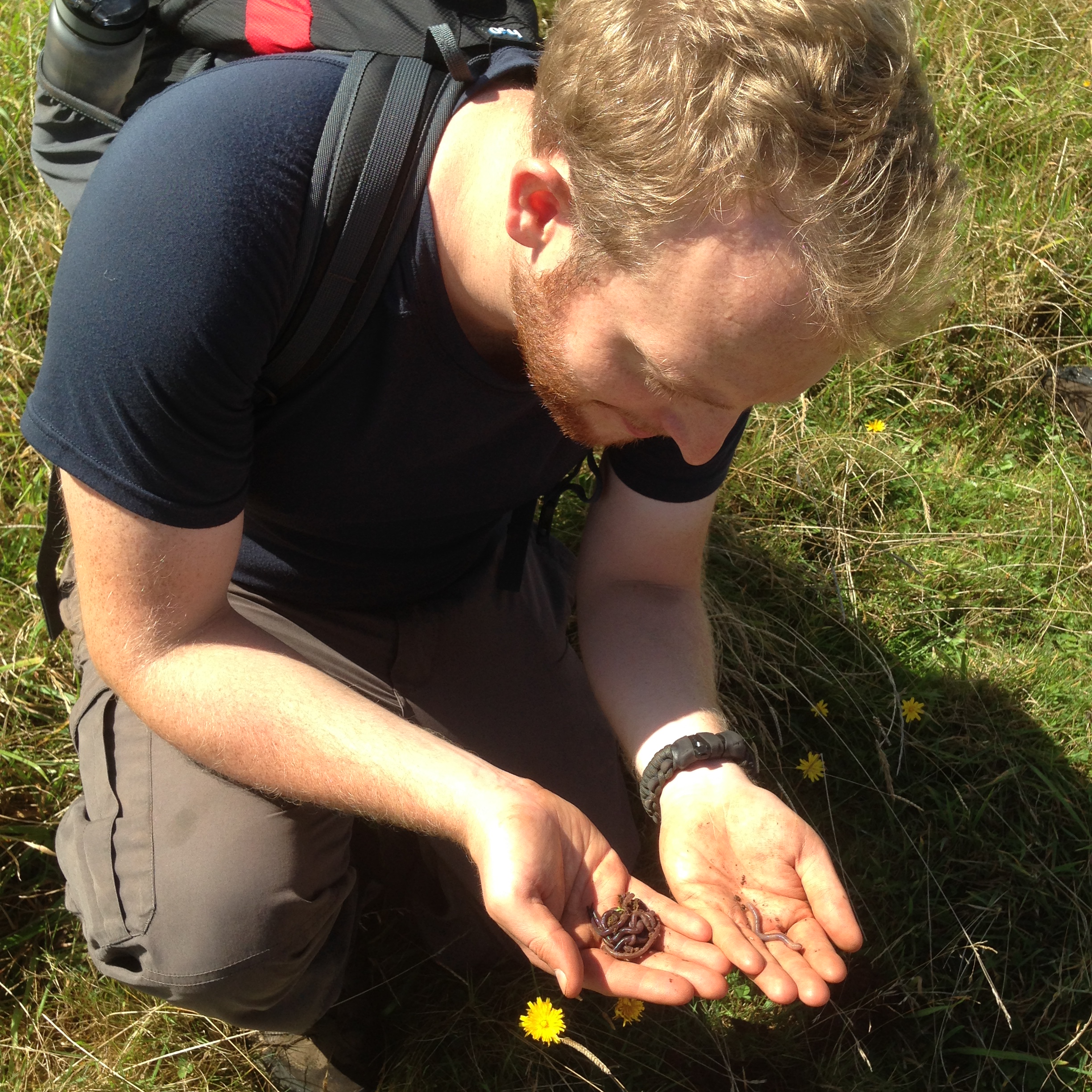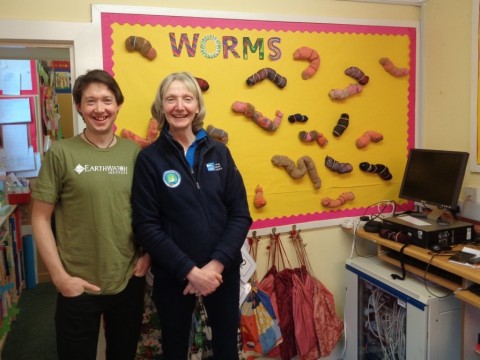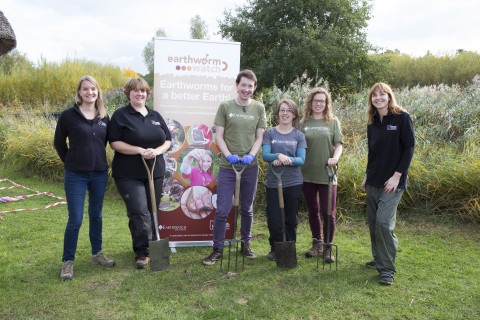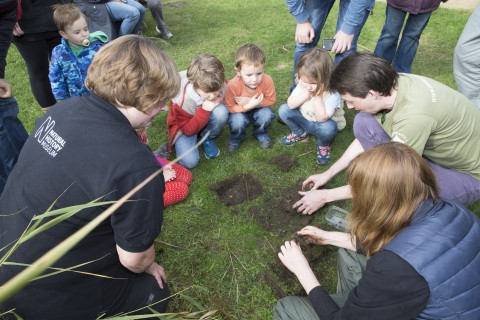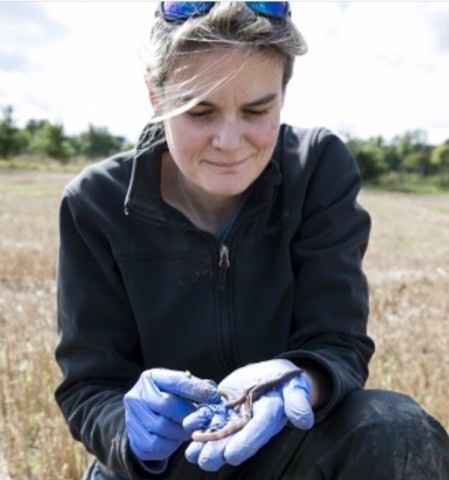Autumn is almost over in the UK and with it a feast of leaf litter, but not without causing a surge in earthworm activity before winter. For the dedicated few earthworm researchers this means that the fieldwork season has been well underway. The UK has a strong history of earthworm research, with Charles Darwin leading the charge back in the late nineteenth century. Things have come a long way since then, and the humble earthworm is now internationally recognised as an “ecosystem engineer”, meaning they are responsible for providing multiple benefits (or “ecosystem services”) to nature and mankind. Perhaps it’s little wonder then that scientists have investigated the potential benefits of earthworm activity across a wide range of systems – everything from boosting agricultural crop yields to being a sustainable protein source for human consumption!
My first experience of earthworm research was during my PhD. For three years I investigated the potential of earthworms for improving soil quality and tree growth on reclaimed landfill sites. Because the soil is typically poor on these sites, it can take decades for earthworms to naturally colonise them and become established. The ability of earthworms to improve soil quality and stimulate plant growth has made them the subject of research for reclamation ecologists for many decades. Through a range of field and lab-based experiments I found that earthworm activity, in combination with compost addition, promoted reclaimed soil development and improved the growth of trees. It may be the case that by simply adding organic material to soils during reclamation, earthworms might naturally colonise the land much faster and begin improving the soils and tree growth from the start.
I’m lucky enough to still be doing earthworm research during my post-doctoral position at Forest Research. My current work looks at earthworms as biological indicators of both soil quality and the ecological value of natural woodland systems. In UK broadleaf woodlands, earthworms make up the bulk of the biomass in the soil, and are essential for cycling leaf litter back into the soil to release nutrients back to the trees. In fact, over the course of a year earthworms can incorporate all of the autumnal leaf litter back into the soil! And, as food for many of the other creatures living in woodlands, earthworms are a key link between the soil and above-ground woodland ecology. It could well be that more information on earthworm populations in woodlands can help inform how management practices are affecting their ecological value.
There’s plenty more earthworm research still to do. Despite the name, not all earthworms live in the soil – many species actually prefer habitats such as decaying deadwood. Some forest management practices can result in lots of deadwood lying around, so using our typical soil pit sampling method in those forests might miss these earthworm species. Because of this, I’m also working on developing a method for surveying alternative woodland habitats in a systematic way, so that we can capture the total earthworm diversity. This could help tell woodland managers how well their forest is performing under different management practices.
At a time when ecosystems are under increasing pressure and demands on soil productivity are higher than ever, earthworms represent a powerful silent partner to humans. Research has begun to identify how these workhorses help support our natural systems and provide a huge range of benefits, but there is still much more to be learned. I hope that many more people will follow in the footsteps of Darwin and help contribute to our knowledge of how earthworms shape and support the land around us.
Dr. Frank Ashwood is an earthworm researcher at Forest Research and Research Officer for the Earthworm Society of Britain. The Earthworm Society aims to promote and support scientific research so that earthworms and their environment can be better understood, encourage the conservation of earthworms and their habitats and educate and inspire people so these fascinating creatures may continue to be enjoyed in the future. If you would like to find out more about the Earthworm Society of Britain and become a member, please click here. Earthworm Watch has been developed by Earthwatch (Europe), and the Natural History Museum, London, in association with the Earthworm Society of Britain. If you haven’t had a chance to take part in Earthworm Watch please sign up, if you have completed the survey but haven’t sent in your results, please submit here.

